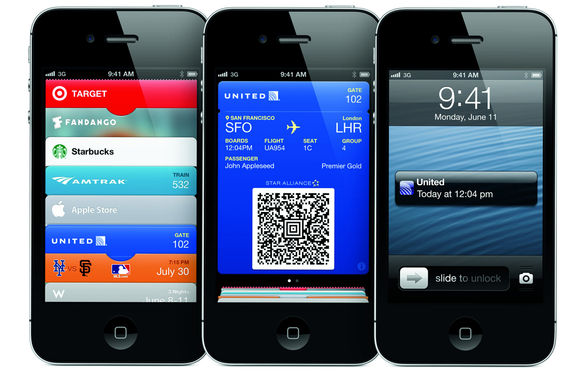Mobile money transfers just got a whole lot easier thanks to a company most probably wouldn’t have suspected. Snapchat, the mobile app famous for its timed viewing of photos (and its association with lewd photos) recently launched Snapcash. Snapcash is a partnership with mobile payment tech company Square that enables Snapchat users to send cash by simply typing a monetary amount in a Snapchat chat window and pressing send. Banking information is stored within the app and the recipient receives the money as quickly as they received your last selfie.

Snapchat has entered into the mobile payment realm. Photo source: E! Online
This is a pretty big step forward for instant money transfers in North America. We, of course, have Google Wallet and Apple Pay which helps businesses collect more easily from consumers, but Snapcash is definitely geared towards transfers and payments between consumers. Owe someone $5? Snapcash it to them. $20 for the movie last night? Snapcash it. With a monthly limit of $1000, there is a lot of room for small payments for the ordinary user.
So what does this mean for marketers? As of right now, not a whole lot. It’s simply a cool feature in a very popular mobile app. However, I’d highly doubt it will remain this way for long. Payment transfer through the app simply screams app monetization. Techcrunch agreed: “For example, the app could one day send you a Snap or show a Story ad from a merchant, and let you buy the product shown instantly through Snapchat.” Collecting banking and credit card information, and having the ability to transfer funds, opens the door to possible advertising revenue — an area that many mobile apps and social networks have continued to struggle to exploit.
Personally, I’d struggle with the issue of trusting Snapchat with my banking information. Snapchat is a fast photo-sharing app – it has never required secure information before. Of course, we all trusted Snapchat with our photos with the notion that the photos are ‘deleted’ as soon as they’re viewed. We learned that this was untrue, and the developers never even made the app this way. Just earlier this year, Snapchat suffered a large data breach over the information of four million of its users. Very little has been said about just how secure the money transfer software is. It is supplied by Square, which has proven secure, but it’s offered over the Snapchat platform. Some people are skeptical of its security, and a data breach with banking information could be bad news for the company if it was ever to occur.

 Follow
Follow

